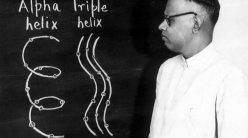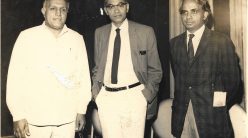In November 2016, biochemist and author Pranay Lal’s ground-breaking book Indica: A Deep Natural History of the Indian Subcontinent was published. It was a first-of-its-kind, definitive book on natural history and geoheritage celebrating everything from fossils to fish, volcanoes to viruses, in a quest to understand the processes that shaped Earth and the life on it. The book tries to answer some key questions: What do we know about the age of the planet? How were continents formed? What constitutes life and how did it evolve to give rise to such baffling diversity? How was India’s landscape shaped and sculpted? What strange creatures have roamed across it over time?
Geoscience writer-blogger Devayani Khare interviews Pranay Lal about the inspiration behind the book, its journey since publication, and other natural history writings he has in the pipeline

Why did you choose to write this book on India’s geological heritage?
Living in Mumbai, I was curious about how the western slopes of the Western Ghats received most of the precipitation, yet more rivers cut across the peninsula [east] to drain into the Bay of Bengal. We were taught that rivers would make their way to the nearest coast to discharge themselves [in this case, the Arabian Sea], yet rivers like the Tungabhadra, Kaveri, and Krishna, seemed to defy that. Why? I thought about what made Chhatrapati Shivaji, despite his short reign, among India’s most prolific fort builders. As I grew up, those questions remained with me. I was surprised to learn how a billion years of natural history was interconnected, and how deep time held so many answers.
Indica is a culmination of that quest, and draws from over 20 years of research, interviews, travel, conversations, and a continued awe of nature.
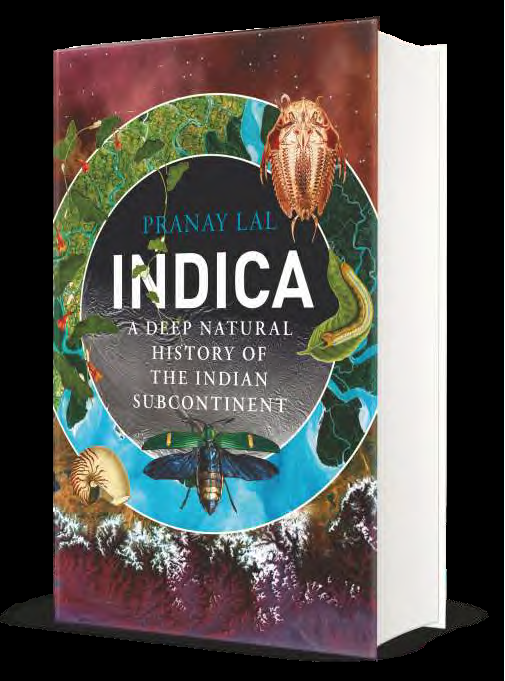
Why was it important to write Indica?
An online search yields numerous hits for natural history books on England or the British Isles, California, the Americas and even Peru. Yet it was a crying shame that despite its size and geodiversity, there weren’t enough books on India. Indica retraces the evolution of the landscapes and creatures, across different geographies through time, to tell a four-billion-year-old (and counting) story of the Indian subcontinent.
Is there a reason you decided not to include the standard geological scale along with the analogy of the Earth Woman?
[Note: the Earth Woman analogy reimagines the 4.6 billion-year-old Earth as a 46-year-old woman, and retraces the evolution of the planet over her lifespan.]
For most people, timelines beyond a hundred years are very confusing. Thousand, ten thousand, or a hundred thousand years, don’t make much of a difference. Imagining timescales of a million or a billion years is far more bewildering and astronomical.
When the manuscript was circulated among friends, some suggested that I use a simpler analogy to explain deep time. My friend Pradip Krishen (author of Trees of Delhi) introduced me to the Earth Woman analogy by astrophysicist Nigel Calder.
Pradip was also the inspiration behind the book. I wasn’t sure I had a book in me, but I kept showing him short writings I’d done on the Deccan plateau or the Aravalli mountain range, and he encouraged me to piece it all together. That’s how Indica was born, and he gave me the idea to abandon the million- and billion-year timescales and incorporate the Earth Woman analogy instead.
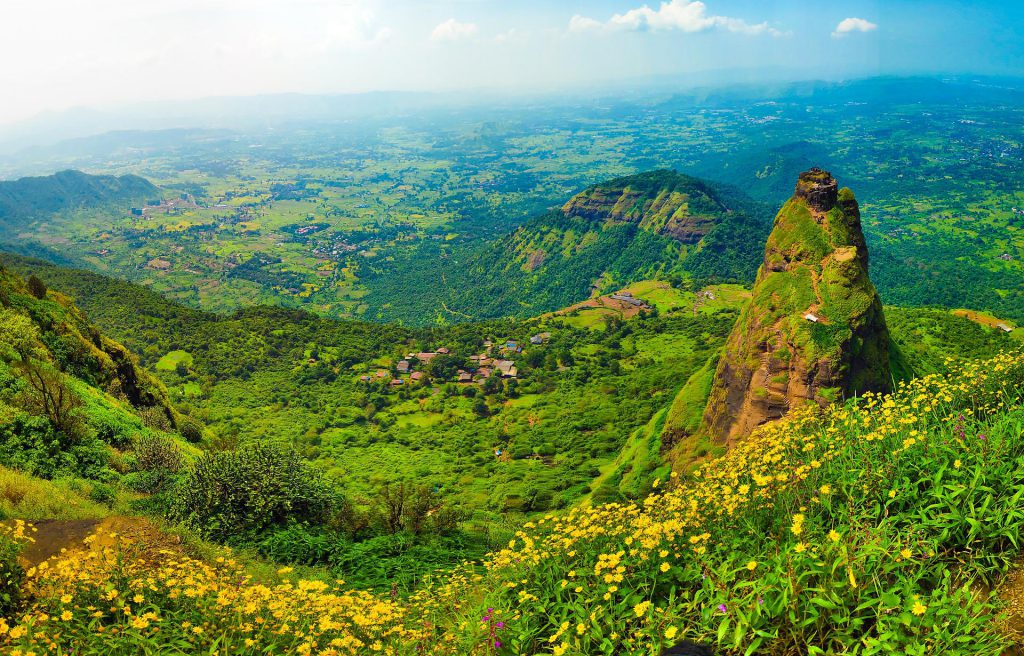
In an interview with The Hindu a few years ago, you’d mentioned that Indica’s journey is not over yet and that it will be a living document. Could you kindly elaborate on this?
Of the material I had gathered, only 30-40% found its way into Indica. I had to cut down on so much, with a heavy heart. If I ever publish an anniversary edition, I hope to include more photos, illustrations, writings, and news reports from 2016 onwards, for a comprehensive, updated version. I wouldn’t want the next edition to be the same, so I’m compiling notes on what more we’ve learned, what new creatures we’ve discovered, and hope to include fresh pieces of evidence.
Moreover, Indica explored just one of the many ways in which one can tell stories about a landscape. So much can be written about India from several different perspectives of time or geography – from north to south, or east to west. One can even write about creatures from different geological periods. Like the kid’s book by DN Wadia saheb which starts with a rock talking to a child, there are several ways in which you can tell the story of Earth, or retrace the history of a landscape. I hope other people take up the challenge of writing different natural histories of India, and tell their tales in other ways. In that sense, I hope Indica can be a living document, or a legacy that inspires researchers, writers, and storytellers to adopt new voices, metres and perspectives to shed new light on the way we look at landscapes, and weave different narratives around them.

I hear you have two books on natural history in the pipeline: Malabarica and Cretaceous, apart from another on viruses that was just published. Could you tell me a little more about each?
The deep history of the Indian subcontinent, as explored in Indica, was pieced together with the help of fossils, among other evidence. But what if we couldn’t rely on fossil evidence? Could we still retrace the history of Earth, and of India? After Indica, I wanted to challenge myself, to tell distinct natural history stories from different geographies. I hope Malabarica will be one such book. Malabarica will focus on the Malabar region, which has a conspicuous lack of fossils, yet I’d like to tell you why this landscape is different from the rest of the country. Travel restrictions over the past few years have made it difficult to gather material for Malabarica, but the book is nearly complete and I hope to publish it soon.
Beyond Malabarica, I also dream of writing other books on the ancient geological provinces of India – the Himalayas, the Indo-Gangetic plains, the Deccan, and even the Gondwana region which comprises ancient cratons like Bundelkhand and Singhbhum, among other landscapes.
Cretaceous, on the other hand, is an illustrated children’s book that will focus on life along the Narmada river between 145 and 66 million years ago. Most children’s books, I find, are either over-the-top or oversimplified. Cretaceous, illustrated with the help of a paleo-artist, will feature authentic reconstructions of dinosaurs in their natural setting, detailing their routines from dawn to dusk. Imagine a Rajasaurus waiting in ambush in the undergrowth. Or a Stegosaurus walking under a sky full of ancient flying, screeching reptiles. This book is also almost ready; we are stuck with just a few illustrations.
In 2021, Invisible Empire: The Natural History of Viruses was released – a contrarian view on how viruses form the backbone of all life. In the wake of the pandemic, this book offers interesting insights into how not all viruses are bad. It explores the invisible, enigmatic world of viruses that have sustained and enriched not just all life forms on Earth, but also human bodies and human civilizations, across time.
Highlighting India’s geoheritage means championing its conservation. Have you heard of any marked conservation efforts since the publication of Indica?
Since the publication of Indica, I believe the wonderful Dudhinala site near Ranchi, mentioned in chapter two of the book, has now been protected. For a long time, round boulders were being extracted at Dudhinala. These boulders were formed 255 million years ago, just before the Permian period, and bear testimony to the last glacial event in India. Similarly, other such sites have been notified by different agencies like government officials, district collectors or forest officials.
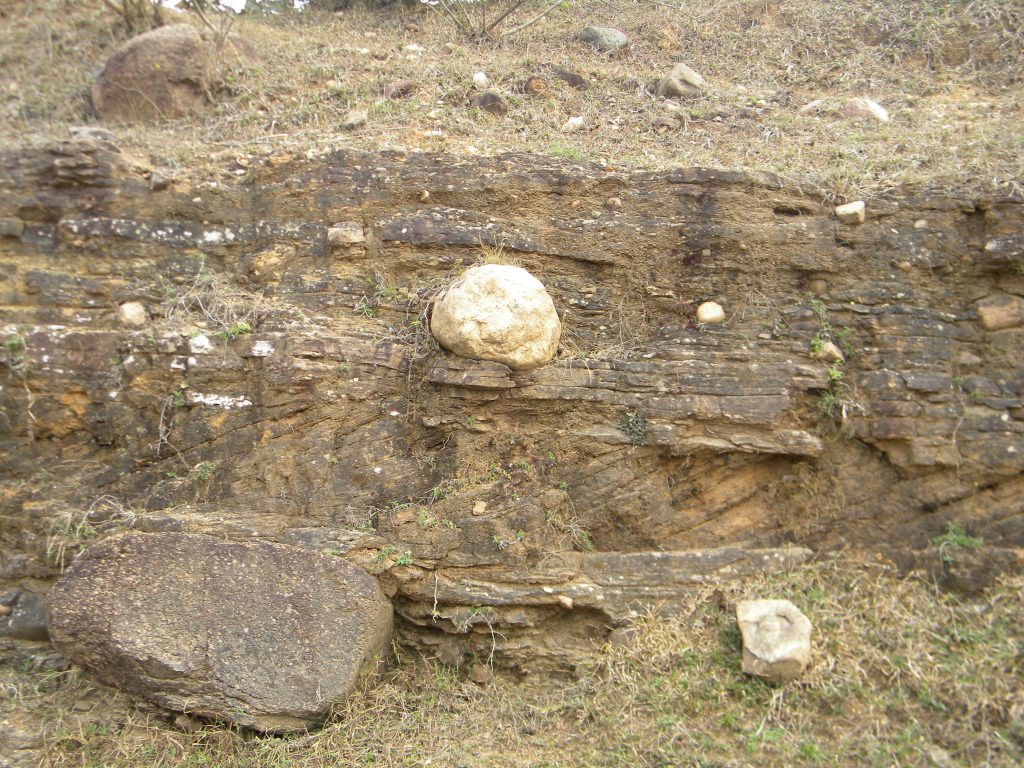
There has been increased interest and visits from nature groups and college students. For example, a couple of colleges were inspired enough to set up small museums to tell the story of where their campus is located, or the region around it. You don’t have to have a grand museum. You just need to respect the land on which we stand to tell the story of how it is worth preserving too. All land masses, at some point in time, would have witnessed creatures that roamed across them, and were part of a grand history, even if the evidence for it, like fossils, is no longer present. I’ve heard of 20 or 30 such local-level initiatives.
There has also been interest from people to learn more about fossils. A few geological collections have been opened up to the general public, and there’s been pressure for better signages, outreach and science communication efforts at some sites.
At a national level, the book sparked off a conversation between Prof K VijayRaghavan, former Principal Scientific Adviser, and Sanjay Kumar, a distinguished science writer. Not solely inspired by Indica, but also by Sanjay’s article for The Science, on India’s paleontological legacy (and how we are squandering it), this conversation led to the idea of The Indian Museum of Earth (TIME) – a repository for some of India’s vast natural history collections. The title was given by Nigel Hughes, a paleobiologist and Indophile, specialising in trilobites. Sadly, the idea hasn’t taken off and nothing more came from that conversation [For now, TIME stands still].
Yet, the fact that such conversations are happening is exciting in itself. The idea that museums are coming up, geological collections are being improved upon, and signages are being changed are all signs of how educational institutions can become nodes of scientific communication, communicate better with local communities, and foster a grander appreciation of natural history and geoheritage. This is the crucial role that small and big institutions can play. For instance, why don’t institutions like the IITs with grand foyers recreate small stories rather than just showcase fossils?
As an author, drawing public attention to natural history and geoheritage might lead to unwelcome attention too, such as commercial interests or vandalism. Awareness is one part of the equation, but it carries a responsibility with it. Does the possibility of exploitation or vandalism weigh heavy when considering what to include and exclude in a book?
Lamentably, our natural history sites are more threatened by neglect than over-attention – sometimes, by the scientific community itself. This is evident from the fact that there is no single [national] repository for natural history, which means that after retirement, geologists and palaeontologists are forced to throw away their collections. I have joked about how the best places to find fossils and rocks are not necessarily fossil sites but the areas at the back of geology departments.
Neglect happens at many levels; fossils do not even feature in India’s legislation. The lack of notification by the Archaeological Survey of India (ASI) – especially, of pre-Indus sites such as megaliths or petroglyphs – is a serious issue. The same could be said of the Geological Survey of India (GSI); sites like Dudhinala in Ranchi, or the Dhala crater in Madhya Pradesh have not been notified or protected. This has resulted in the decrepitude of many significant sites across India.
While writing the book, I relied on the advice of many geologists and other scientists: they seemed to have little fear of reckless action from readers or citizens. If anything, increased public attention has led to some on-the-ground action and pressure on authorities.
In some countries, gem-hunting is promoted as geotourism. For instance, in Sri Lanka, one can go looking for coloured stones at Ratnapura, yet India offers no such activities. All things considered, [I feel that] the information in Indica, rather than inviting commercial interests or vandalism, may inspire natural history-focused initiatives across India.
Devayani Khare is a communications consultant specialising in environmental advocacy and fundamental sciences, with a keen interest in geoscience. She publishes the free monthly newsletter, Geosophy, focused on geoscience topics across India, and writes summaries on geoscience research publications for the Geobites blog


